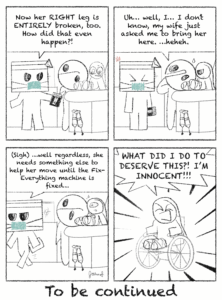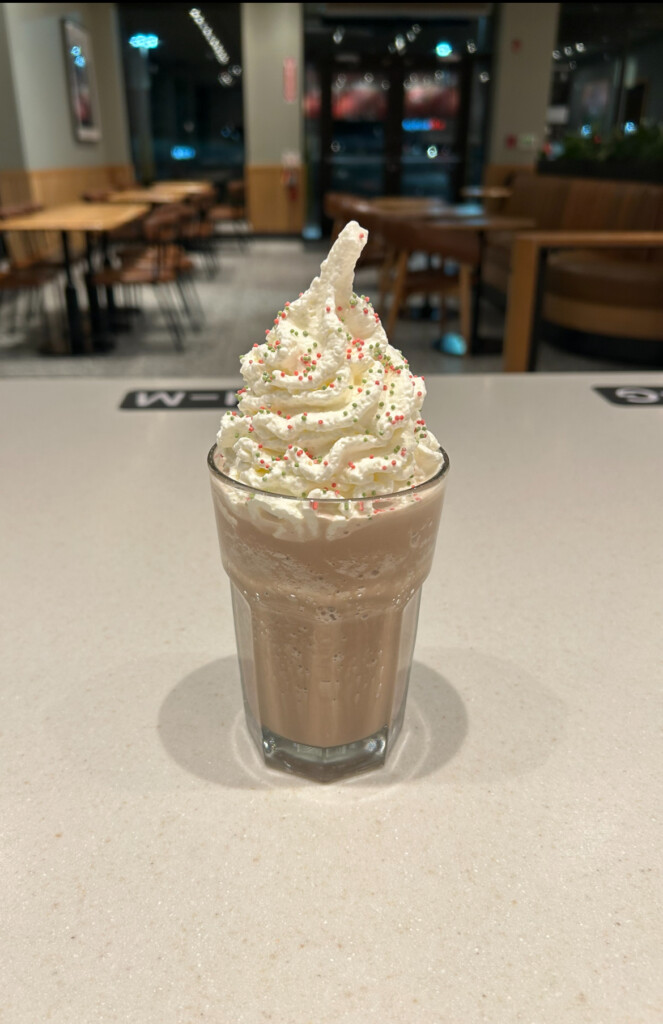Researchers at UR Medical Center led by Steven Goldman, M.D., Ph.D., along with collaboration with Cornell University, have developed a method to produce an unlimited supply of nerve cells at need.The new process involves artificially inserting telomerase into progenitor cells – specifically, cells which produce neurons for the spinal cord – which allows them to divide continuously. Telomerase is the gene that gives stem cells the ability to divide. An unlimited supply of nerve cells is a valuable resource in dealing with many degenerative conditions like Parkinson’s and multiple sclerosis. For example, Parkinson’s disease is a result of a lack of dopamine. Dopamine-producing cells can then be inserted to cure the deficiency with this new process. The same can be done with multiple sclerosis. Multiple sclerosis is caused by a lack of myelin to insulate the fibers in brain. Myelin-producing cells can also be inserted to make up for the lack of myelin. Stem cells are initially unspecialized cells with no specific function, but they later become more specialized cells called progenitor cells. “The progenitor cell comes first before it decides to become a certain cell, once it’s decided what cell it wants to be it can only give rise to this cell,” Goldman stated. It is during this change that progenitor cells stop producing telomerase, which makes cells unable to divide for an extended period of time. At Cornell, Goldman had originally thought of the idea of inserting telomerase into progenitor cells to give them the ability to divide indefinitely. “With the addition of telomerase the progenitor cell would become immortalized,” Goldman said. In this new process, telomerase is brought to the cells via a retrovirus – a virus that uses RNA, a simpler molecule than DNA. Neeta Roy, Ph.D, at Cornell, was responsible for implementing the retrovirus to the cells. After telomerase was inserted, progenitor cells began to divide. The authenticity of the new cells was tested by Maiken Nedergaard, M.D., Ph.D., visiting professor of Neurosurgery at UR Medical Center. Nedergaard put the nerve cells in a damaged spinal cord setting to see the interaction. Results were favorable as the neurons from the new cells replaced the damaged tissue in the setting, proving their authenticity.Goldman’s work with telomerase does not end with nerve cells as plans to mass-produce other cells are already underway. Work has already begun concerning islet-beta cells. Islet-beta cells produce insulin which plays an important role in type 1 diabetes. “The goal is to make a full line of designer cells,” Goldman said.Reichenberger can be reached at preichen@campustimes.org.
Campus Times
URMC makes unlimited nerve cells
In my final weeks as the Publisher of the Campus Times, I am writing “The State of the Campus Times” — a report on the progress and challenges of our student-run newspaper — for the final time before handing the baton to the next Publisher. Read More
Cafe
URMC makes unlimited nerve cells
Tired of the same old drink? Try some barista approved new recipes that are unofficially on the menu. Read More


